

Damion Smy
Boxy new KGM Musso unveiled to take on HiLux and Ranger ahead of Australian launch
9 Hours Ago
A household name in India, the Tata Group is a conglomerate with interests in numerous industries, with its involvement in the automotive space including Jaguar Land Rover

Contributor
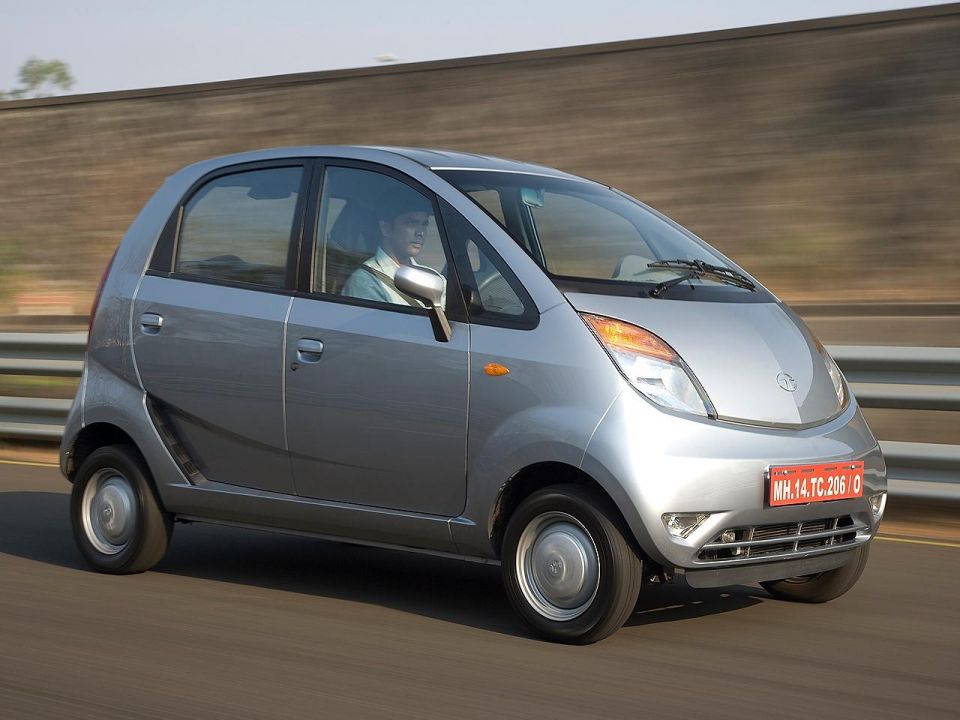

Contributor
A nation of 1.37 billion people is bound to have at least a few very large businesses. Along with the Reliance Group, the Tata Group is one of India’s largest multi-industry conglomerates.
In a fashion somewhat similar to the Korean chaebol, entities within the Tata Group are operated and run by independent management and distinct Boards of Directors – but Tata Sons, a holding company formed by members of the Tata family, retains a significant (in many cases controlling) shareholding within each Tata entity.
Thus, Tata Motors is but only one piece of the wider Tata Group puzzle.
The conglomerate has interest in a diverse range of industries, ranging from IT consulting through Tata Consultancy Services, to products such as tea via Tetley and Tata Tea, the production of steel through Tata Steel, and even the ownership of the Indian Super League soccer club Jamshedpur FC.
In the automotive space specifically, Tata Motors, the parent company of Jaguar Land Rover, is listed on the NYSE (stock code: TTM) with a market capitalisation of approximately US$15.25 billion.
This places it below other household names such as Nissan, but ahead of Subaru, Mahindra, Renault, Isuzu, and Mazda. The joint-venture between Maruti and Suzuki remains India’s largest carmaker with a market cap of almost US$30 billion.
The history of the wider Tata Group dates back to the late 19 Century, but Tata Motors was first incorporated following WWII in September 1945 as Tata Locomotive and Engineering Company Limited (known as TELCO).
As per the initial name, the primary focus of the company in its early history was the production of locomotives and associated railway and train components.
Automotive production commenced in 1954 through a joint venture with Daimler-Benz, but this partnership extended only to commercial vehicles.
It would take more than 35 years before the firm launched what could be construed as a passenger vehicle, the agricultural Tata Sierra three-door SUV (which itself was based on the Tata Telcoline Ute).
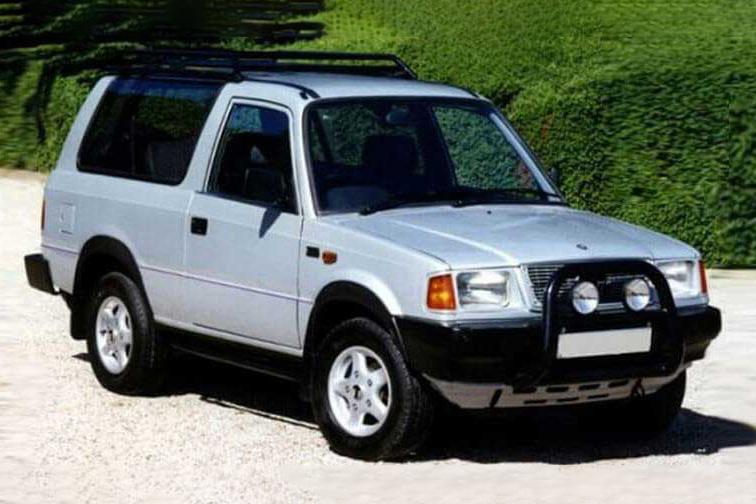
Tata doesn’t currently sell any vehicles under its own brand in Australia. The most recent model sold was the 2017 Xenon ute, offered in 4×2 and 4×4 guises from $26,990 and $29,990 respectively.
The company maintains a servicing and parts presence for these vehicles. Older models previously available in Australia included the Safari SUV, sold from 2000 until 2004, and available with a 1.9L turbo diesel engine producing 67kW of power and 191Nm of torque, and the Telcoline ute.
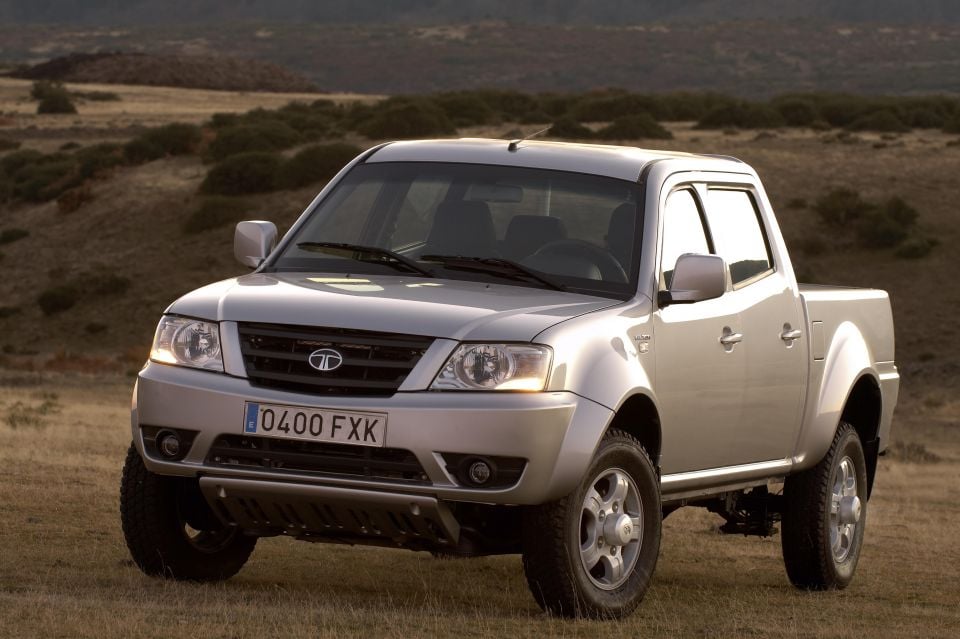
The firm’s main market is India, where offers a variety of models geared towards local tastes and requirements. These include the Tiago, Altroz, and Tigor small cars (all Toyota Yaris sized), as well as the Safari, Harrier, and Nexon small and medium SUVs.
Both the Safari and Harrier use of a version of the D8 platform, which also underpins the Land Rover Discovery Sport and the original Range Rover Evoque, known as the ‘Omega Architecture.’
Meanwhile, the Nexon is also available as an EV featuring a 30.2kWh battery pack with a 95kW electric motor.
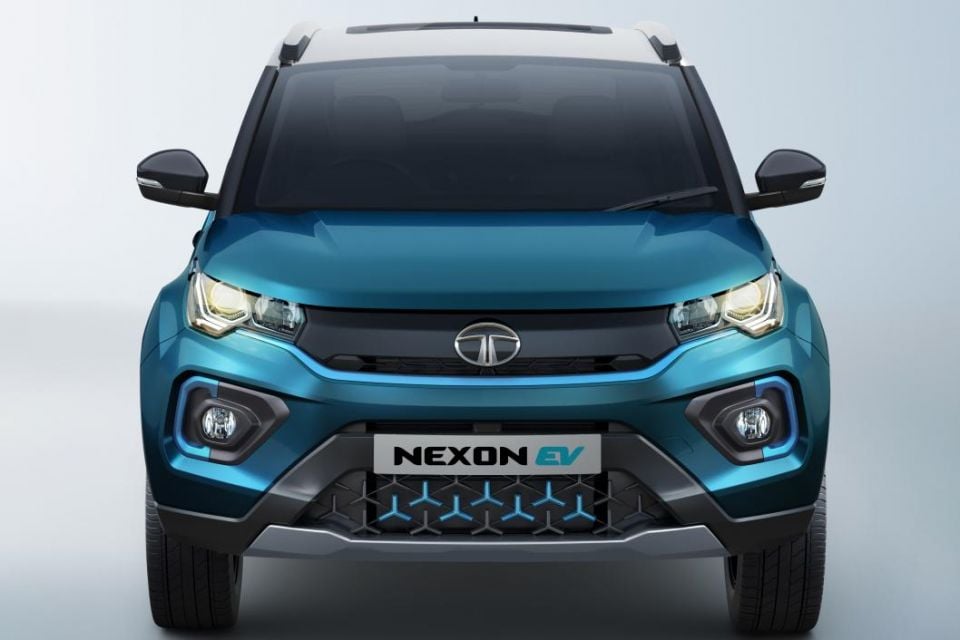
The most notable model in Tata’s history was the Nano, or India’s ‘1 lakh’ (equivalent to $1800) car.
Originally meant to be a safer option for the Indians who use a motorcycle as a form of family transport, the low-price promise didn’t last all that long.
Only initial models were available for the 1 lakh price. Powered by a 624cc two-cylinder engine producing just 28kW of power and 51Nm of torque, cost-cutting techniques to sell the car for this amount included a fixed rear hatch, only one windscreen wiper, and no power steering.
Despite the low price, the car remained unpopular due to perceptions of it being the ‘cheapest car’, the availability of better second-hand options at a similar price, and reports of early models catching fire that significantly tarnished the car’s safety reputation.
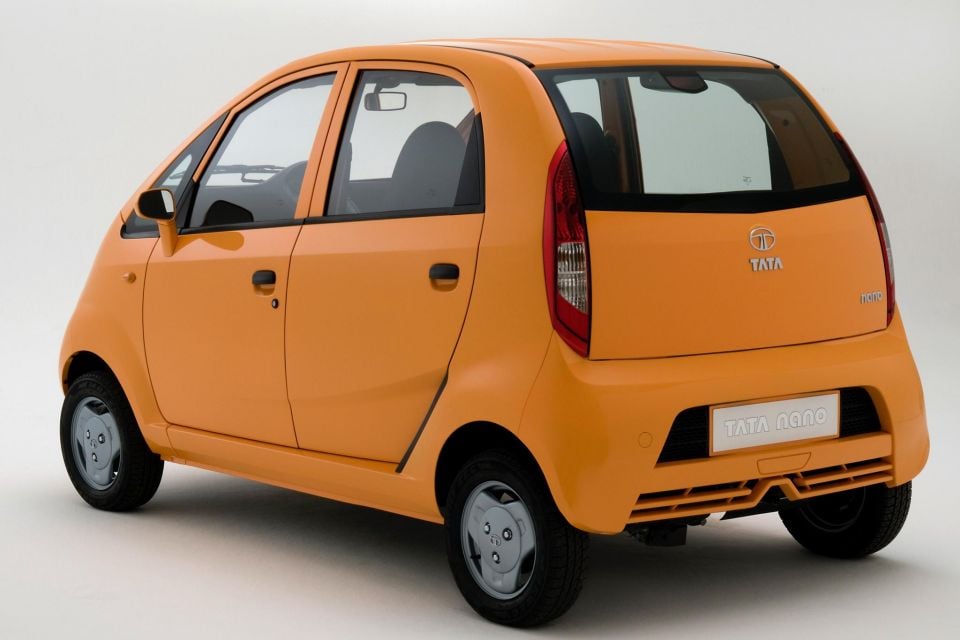
With Ford launching new Jaguar models on shared platforms (for example, the Mondeo based X-Type) and struggling to increase sales, Tata decided to try its hand at turning around the company, purchasing both Jaguar and Land Rover in June 2008 for $2.3 billion.
Under Tata ownership, Jaguar Land Rover nixed its retro design language, and has since launched a new products including the XF (now in its second generation), XE and XJ sedans, the F-Type sports car, and SUV models including the Range Rover Evoque.
Employing the same ‘hands-off’ management approach that has allowed Volvo to go from strength to strength under Geely, Tata was able to significantly improve the fortunes of Jaguar Land Rover initially, with sales of 178,601 in 2017 almost being triple those of 2009, and revenue reaching US$34 billion.
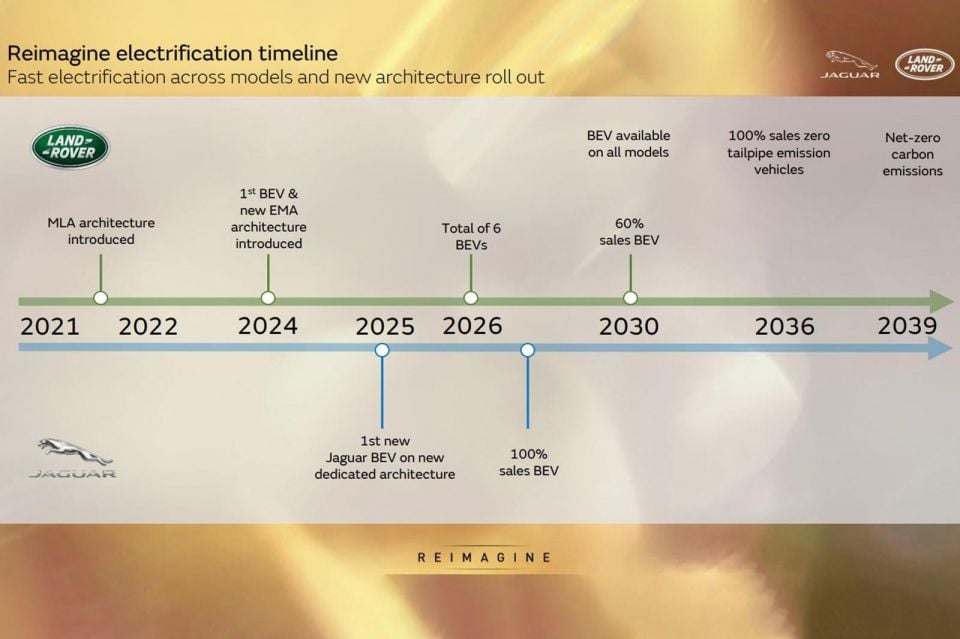
More recently, however, Jaguar Land Rover has posted consecutive losses in the 2019 (US$4.5 billion), 2020 (US$0.5 billion), and 2021 (US$1.18 billion) income years, due to various reasons including Brexit and COVID.
Consequently, the firm has decided to undertake a strategic revamp, with new CEO Thierry Bollore deciding to take JLR upmarket, and confirming Jaguar itself will be an all-electric luxury brand.


Damion Smy
9 Hours Ago


Damion Smy
10 Hours Ago


Damion Smy
12 Hours Ago


Damion Smy
13 Hours Ago


Damion Smy
15 Hours Ago


Damion Smy
16 Hours Ago